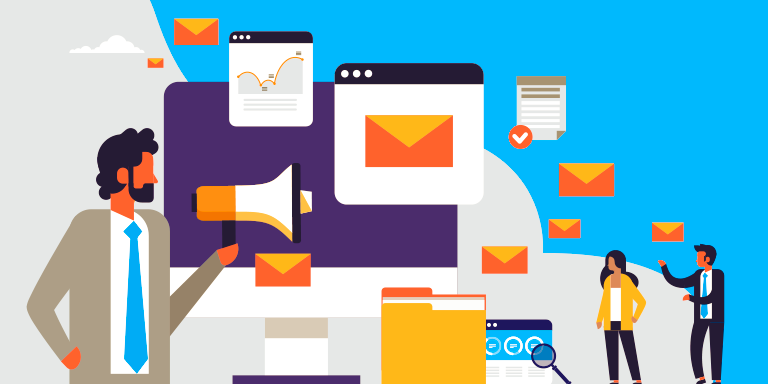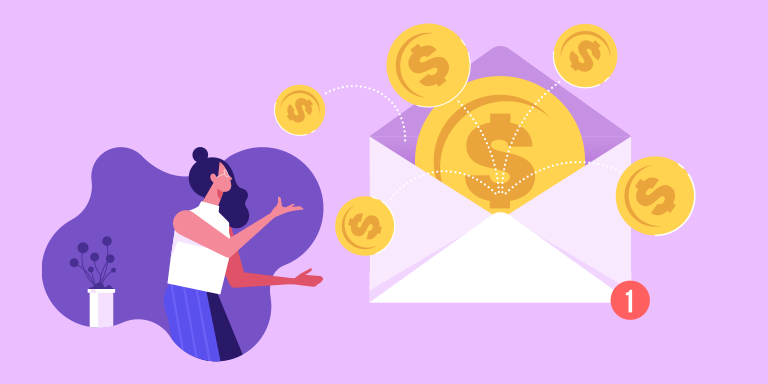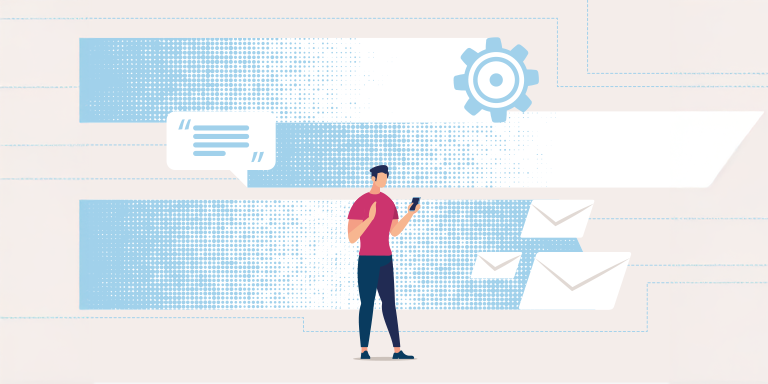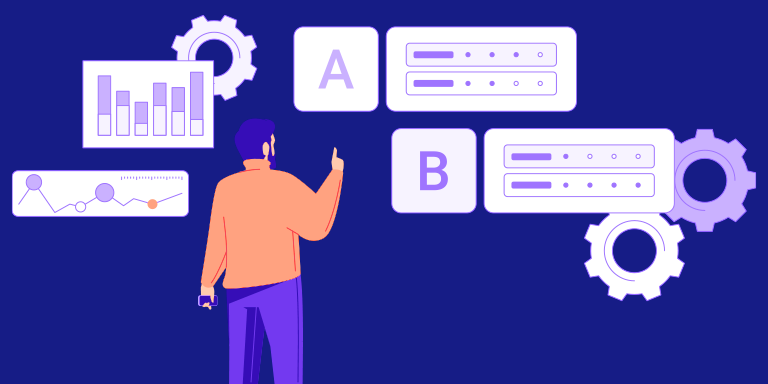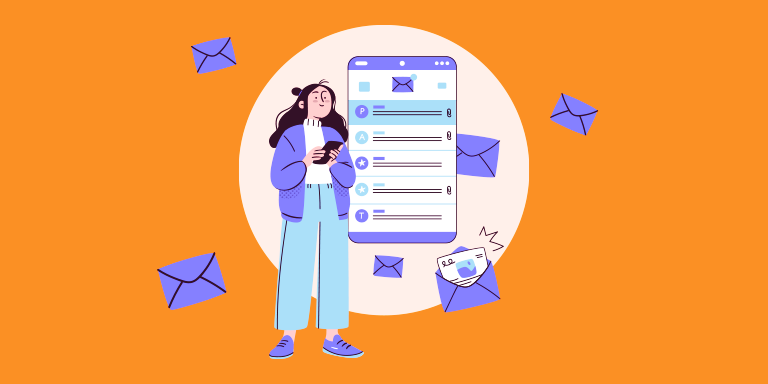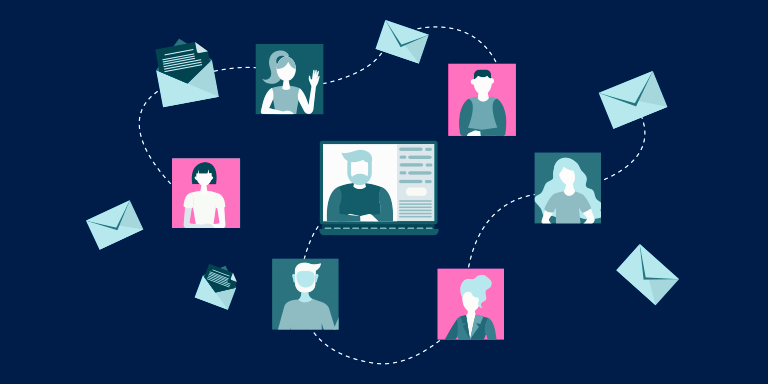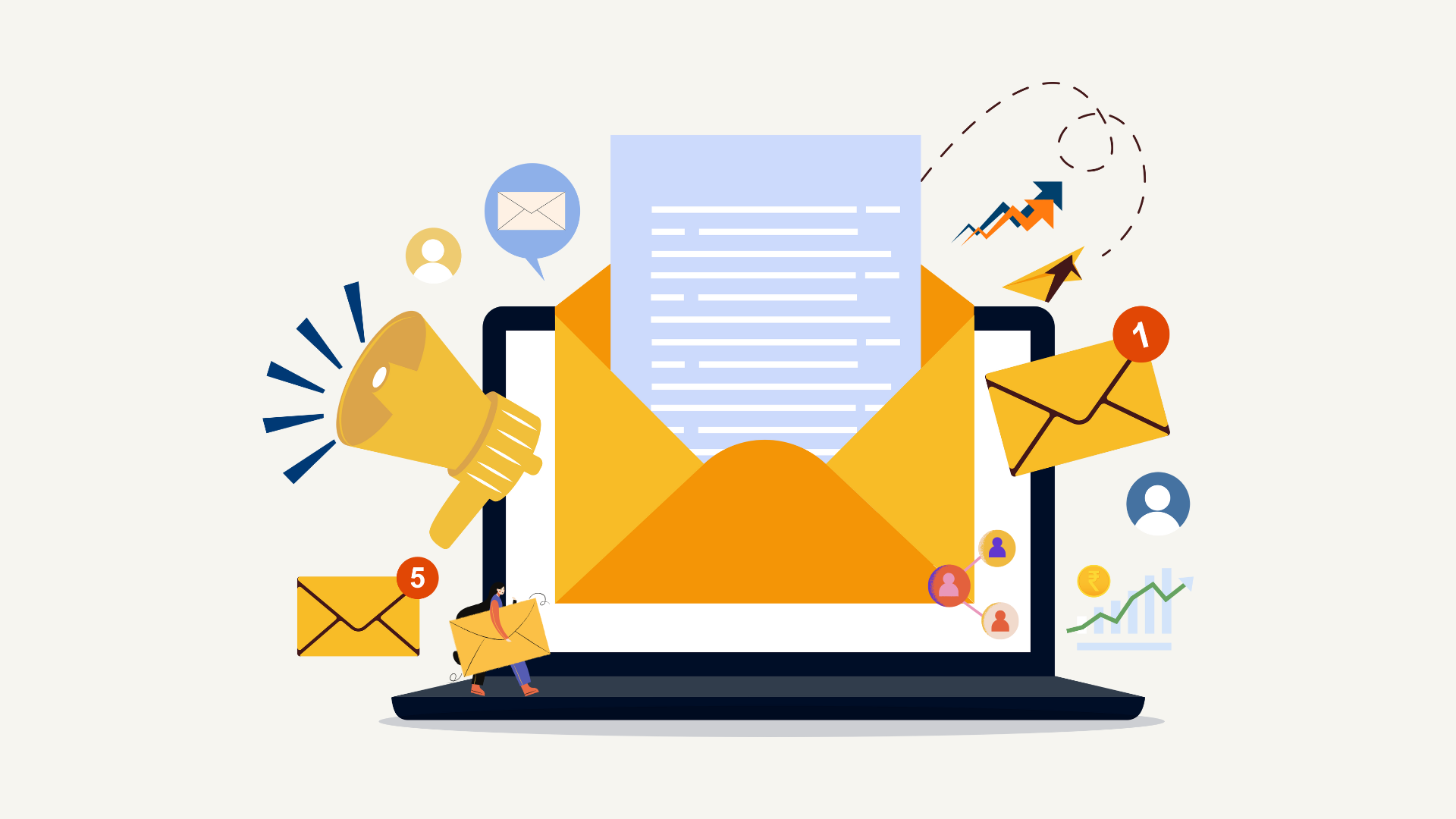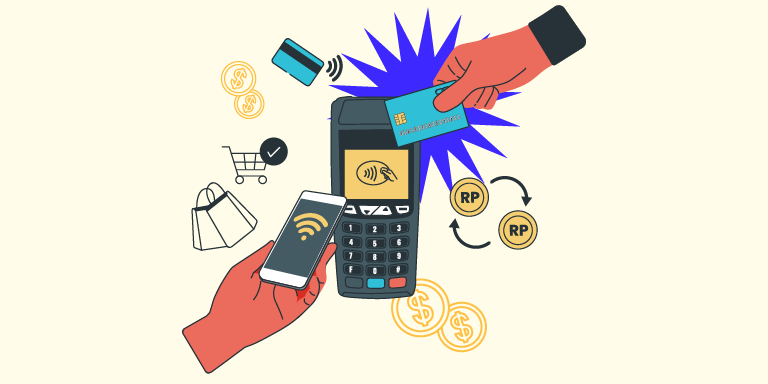Every great email campaign has one thing in common.
It makes people feel something.
It’s not just about clever copy or eye-catching design. The emails that drive serious revenue tap into how people actually think and behave, the subtle psychological triggers that move someone from scrolling to clicking “buy now.”
Because behind every open rate and conversion metric is a human brain making micro-decisions.
Do I trust this brand?
Am I missing out?
Is this for me?
Understanding those instincts is what separates average campaigns from unforgettable ones.
In this article, we’ll unpack the four psychological levers that power the best-performing emails and make your emails stop feeling like promotions and start feeling like opportunities.
The Psychological Triggers Behind Every High-Converting Email
Before we dive into the mechanics of high-performing emails, and assuming you have already followed our steps to build your email list, it helps to understand one simple truth: people don’t make decisions logically; they make them emotionally.
Then they justify them with logic afterwards!
When someone opens your email, they aren’t analysing your layout or weighing up your CTA buttons. They’re responding to invisible forces that shape almost every buying decision they make:
- Urgency: The instinct to act before an opportunity disappears.
- Scarcity: The pull toward things that feel exclusive or limited
- Social proof: The comfort of seeing others make the same choice
- Personalization: The sense that a message was crafted specifically for them
These are the psychological levers that quietly guide behavior, and when you build your emails around them, everything converts better.
Urgency: Why timing triggers action
Urgency works because it taps into one of the most powerful human instincts.
We all hate missing out on something good!
When a customer feels like they need to act now (not later, not “when I have time”), their decision-making shifts. The longer someone waits, the more doubts creep in. Urgency cuts through that hesitation by giving the moment weight.
That’s why phrases like “Ends tonight”, “Last chance”, or “Only a few hours left” consistently outperform softer messaging. They turn a passive reader into an active decision-maker.
But the key is authenticity.
Fake urgency, like a flash sale every other day, trains customers to ignore you. Real urgency tied to a genuine deadline, product drop, seasonal moment, or limited bonus, creates momentum without damaging trust.
Scarcity: Why ‘limited’ can be so valuable
Scarcity isn’t about speed; it’s about value.
When something feels limited, exclusive, or hard to get, our brains automatically assign it more importance.
We pay closer attention.
We think harder about whether we want it. And once we want it, we want it more because we’re not guaranteed to have it.
In email, scarcity shows up in subtle but powerful ways:
- Highlighting genuinely low stock
- Launching limited-edition versions or seasonal items
- Offering bonuses only available to a specific group
- Giving early access to people on a particular list
The message isn’t “hurry.”
It’s “not everyone will get this.”
Suddenly, the product feels special. The customer feels like they’re part of something selective.
Social Proof: Why people trust people more than brands
If urgency moves people and scarcity elevates value, social proof removes doubt.
It’s the quiet psychological signal that says, “Others tried this, and it turned out well.”
In a world full of promises, customers are constantly scanning for clues that what you’re saying is actually true. Social proof gives them that reassurance. It bridges the trust gap faster than any headline, offer, or guarantee ever could.
This is why a single review can do more for conversion than a full paragraph of polished copy.
Why a real customer photo carries more weight than a studio shoot.
Why a quick video testimonial can overturn a shopper’s last remaining hesitation.
Social proof reduces the risk of buying.
In email, social proof works best when it’s woven naturally into the story you’re telling:
- A short testimonial placed above the CTA
- A customer photo beside a product feature
- A “Loved by 12,000+ customers” badge
- A case study snippet showing real results
- UGC used as the hero image instead of a polished creative
You’re not trying to “prove” your worth, you’re letting your customers do it for you.
Personalization: Why People Pay Attention When It Feels Personal
Most inboxes feel generic.
Same offers. Same templates. Same tone.
(Unless you’ve implemented our 5 ways personalization in eCommerce can enhance customer experience!)
That’s why genuine personalization stands out, because it breaks the pattern.
Personalization in email works because it answers an unspoken customer question:
“Why are you showing me this?”
If you can answer that naturally, engagement goes up immediately. For example:
- Showing someone products that match their previous purchase.
- Recommending items based on what they browsed.
- Sending returning customers different content than first-timers.
Example email
Now let’s put all that into practise in this example email:
Subject: Your next match just got faster (limited sizes left)
Hi {{FirstName}},
You’ve been checking out our performance padel shoes lately, so we thought you’d want the heads-up on this:
Our new Velocity Pro 2.0 just dropped, built for players who want maximum grip, faster footwork, and a smoother slide on sand-based courts.
And early customers are already calling them a game-changer:
“The stability is unreal. I’ve never moved this confidently at the net.” Mark R., Intermediate Player
Here’s why players are upgrading:
- 40% improved traction in lateral movements
- Lightweight cushioning for longer rallies
- Reinforced toe box for durability on abrasive courts
- Breathable upper to keep feet cool during tough matches
But a quick heads-up before you pick your size:
We’re already running low on the most popular sizes after the first 72 hours. Once they’re gone, they won’t be restocked until next month.
To make sure you don’t miss out, we’re giving subscribers early access for the next 24 hours only.
Your early-access link: [personalized link]
And because you’ve bought performance footwear from us before, this exclusive colourway comes with free shipping on your order, just for VIP customers like you.
See how they look on real players:
[UGC Gallery featuring the shoe in action]
Whether you’re working on your bandeja or powering through long defensive rallies, these were built to keep up with your game.
See the Velocity Pro 2.0 before your size disappears
[CTA]
Catch you on court,
The PadelLab Team
Where the four triggers show up
- Urgency: “24 hours only,” “early-access window,” gentle time pressure
- Scarcity: Limited sizes, restock next month
- Social Proof: A real review and UGC gallery
- Personalization: References past browsing and purchase behaviour plus VIP free shipping
Final Thoughts
The emails that convert best aren’t the ones with the loudest subject lines or the biggest discounts, they’re the ones that understand how people actually make decisions.
When you blend urgency, scarcity, social proof, and personalization with intention, your campaigns stop feeling like promotions and start feeling like moments. Moments that move people, reduce hesitation, and guide them toward what they already want.
If you want to build these kinds of campaigns without doubling your workload, Omnisend gives you every tool you need.
From behaviour-based automations to dynamic personalization and built-in social proof blocks, it helps founders pair smart psychology with powerful execution.
Plus, Foundr readers get 50% off their first 3 months. Just use code FOUNDR50 when you sign up and start creating emails that do more than just land in the inbox.
